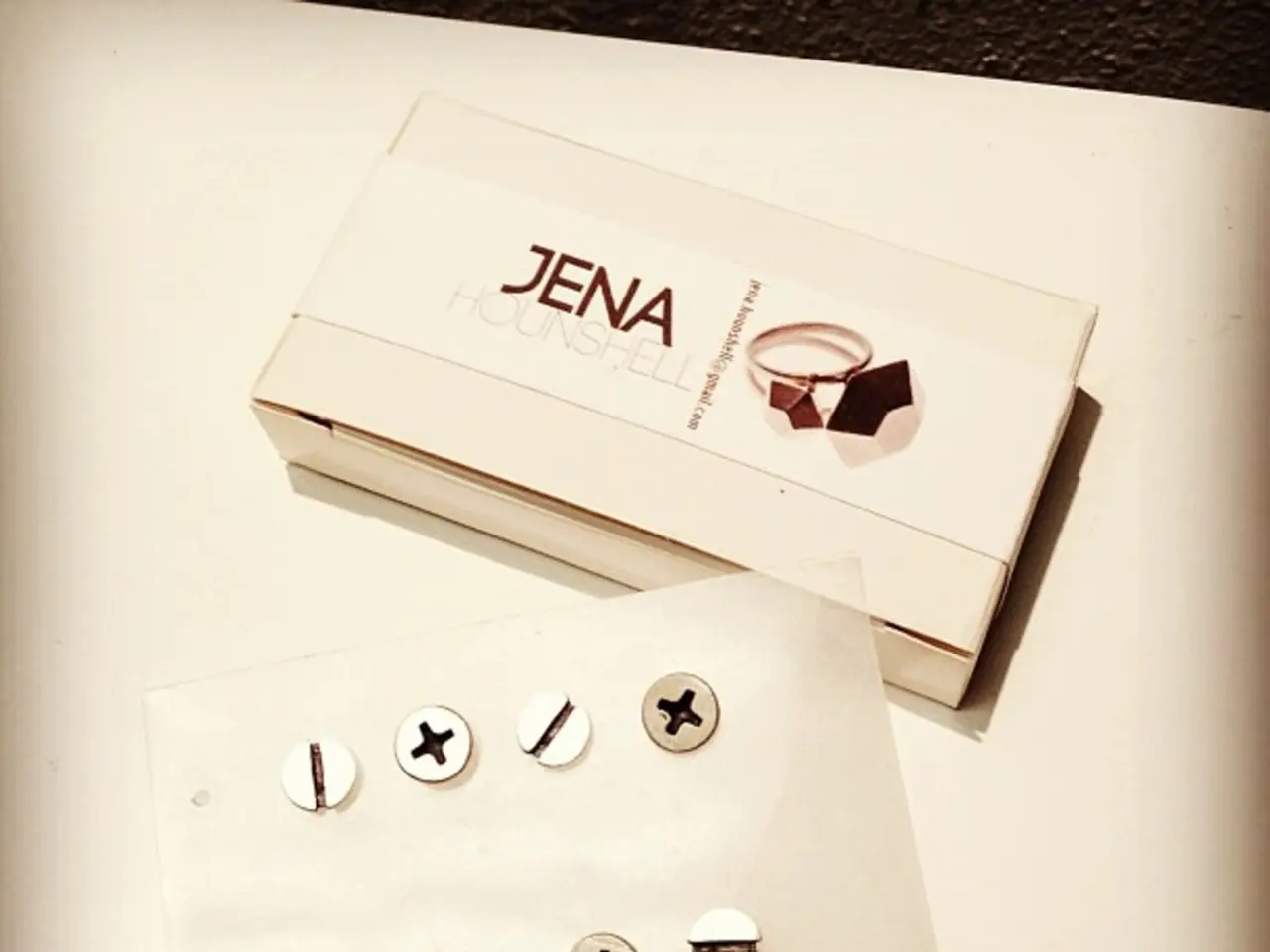DIY Guide on Restoring a Stripped Bolt Hole Without Using a Bolt Re-Thread Tool
When dealing with damaged bolt holes, it's essential to approach the task with care and the right tools. Here's a guide on how to repair damaged bolt holes without a dedicated rethreader kit.
First and foremost, if you're unsure about any step, consult a professional. Accurate identification of the thread type and size is crucial for successful repair. Using a tap that matches the size and thread of the new bolt is key for a successful rethreading operation.
The severity of the damage will influence the best course of action. Minor damage can be repaired with a simple cleaning and thread chasing technique. More extensive damage may necessitate using thread repair inserts or drilling and tapping a new, larger hole.
One practical method for rethreading a damaged bolt hole without a dedicated rethreader kit is to use a hand tap and drill. Drill out the damaged hole to a slightly larger size and carefully use a hand tap to cut new threads. This method requires selecting the correct tap size and turning it slowly and straight to avoid breaking the tap.
Another alternative method is to install a flanged nut welded in place. This involves drilling the hole slightly larger, recessing a flanged nut to fit, and welding it to the surrounding metal. This creates a new threaded hole using the nut’s internal threads. This method requires welding skills and equipment.
For severely damaged threads, thread repair inserts like a Helicoil can create new, stronger threads within the original hole. While this typically requires kits, the Timesert insert is recommended by some for stripped spark plug holes due to its reliability—though it is costlier and more involved than simple tapping.
Preventing cross-threading is crucial for a successful rethreading job. Ensure the tap is perfectly aligned with the bolt hole before starting. Wear safety glasses and gloves while rethreading to protect yourself from flying debris and sharp edges.
During the rethreading process, avoid applying excessive force. Turn the tap in small increments and back it off frequently to break the chips and prevent binding. Clean the hole and the tap frequently to remove debris and ensure a clean cut. Apply a generous amount of penetrating oil to the bolt hole and the tap before you begin and continue to apply it frequently.
There are times when attempting to rethread a bolt hole yourself is not the best course of action. If the damage is very extensive, the bolt hole is in a critical component, or you lack the necessary tools or experience, it's advisable to seek professional help.
In summary, without a dedicated rethreader kit, the most practical method is to carefully drill out the damaged hole and use a hand tap to cut new threads, ensuring to proceed slowly and straight to avoid further damage. If the threads are too damaged or material too thin, welding in a flanged nut can serve as an alternative to re-establish threading. Always remember, safety is paramount when dealing with damaged bolt holes.
A home-and-garden enthusiast might find the process of repairing damaged bolt holes useful in maintaining their tools and equipment, ensuring a smooth lifestyle operation. As the condition of the damage influences the repair approach, it's essential to assess the severity and opt for the suitable technique - whether it’s a simple cleaning and thread chasing, using thread repair inserts, drilling and tapping a new hole, or welding in a flanged nut.




